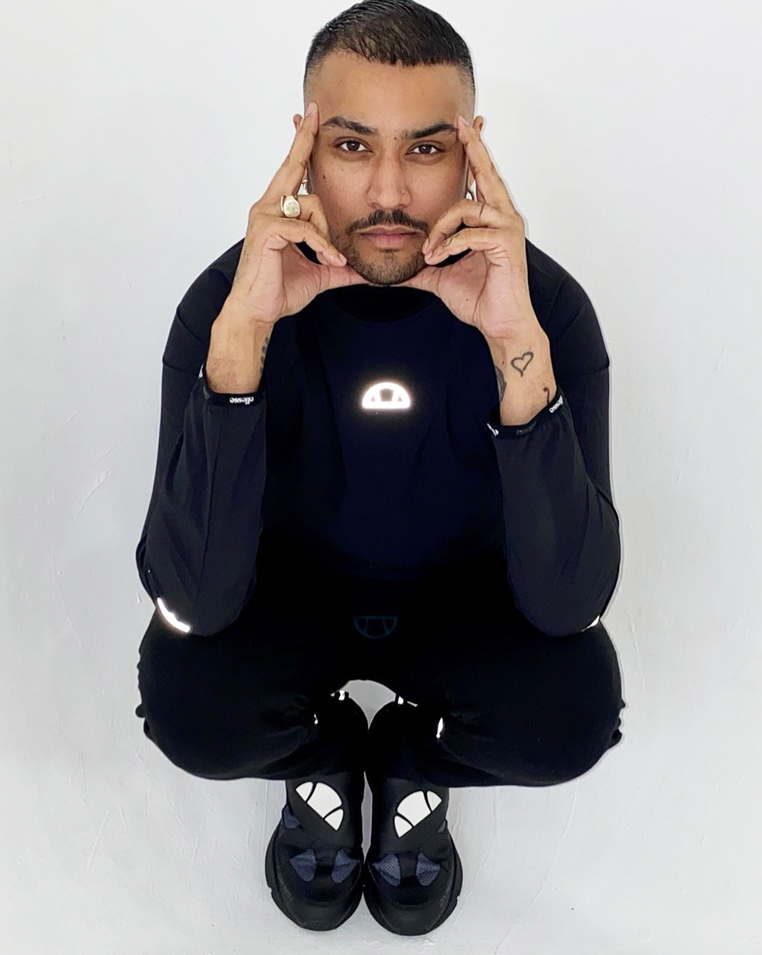Gender insight
• Globally, 25 per cent of Gen Zers expect to change their gender identity at least once during their lifetime.
• 5,000 referrals were made to the NHS Gender Identity Development Service in 2021 – twice as many as the previous year.
• According to the Office for National Statistics, 262,000 people – 0.5 per cent of the population – reported their gender identity differed from their sex registered at birth.
• It’s estimated that the number of US millennials identifying as transgender or gender non-conforming was 12 per cent in 2020.
• 56 per cent of US Gen Zs know someone who uses a gender-neutral pronoun. (Harvard Business Review)
• 59 per cent of Gen Zs believe forms and surveys should include more options. (Harvard Business Review)
Ryan Lanji
Not Dead Yet: founder

photo: NDY
How did your fitness community come about?
I did the first lockdown on my own and used the time to focus on my body and mind. To help queer people in the same position, I curated a seven day a week workout schedule.
Monday was a sound bath, followed on Tuesday by a sensual movement class, led by a pole performer. Weight lifting anything in your house conducted in British Sign Language was on Wednesday and then HIIT, a version of spin, yoga and pranayama on the other days.
DJs from London clubs curated playlists, which provided a way for the queer community to integrate into the fitness community. To make it a fully inclusive, safe space I made sure the trainers were trans, non-binary, of colour or queer. Offered free and promoted on social media, it soon gathered momentum and received 10,000 hits from all over the world.
How have you taken it from an online community into clubs?
I approached gyms to see if we could host some classes. Blok has been really supportive, putting on one class a week and the Adidas gym at Brick Lane allows me to host one class a month. I recruit the instructors and bring the kids. I meet them to provide a familiar face and alleviate any anxieties they have about the environment.
What should operators know about this community?
Queer people need a bit of extra time, patience and kindness. They might not know how to enter the gym, or the class, or how to lift the weights and lots of them are scared to go into these white, CIS, heterotypical male spaces.
Loads of PTs misgender without realising it: for example addressing the class as “guys”. It’s better to say team, people, or everybody and it’s super important for trainers to say my name is and my pronouns are and I will call you they and them. In the marketing, we need to start seeing a range of bodies.
Do any of the people who come to NDY classes go on to join a gym?
The kids who come regularly feel like they’re part of a community. Once they come three or four times they know the receptionist and coach and it gives them a launchpoint to access the fitness industry.
What are your future plans?
I have exciting plans with Adidas to create a city-wide community, with a website and podcasts. I want to work with anyone in the fitness industry who believes in the future of an integrated, healthy world and who wants to be more inclusive.